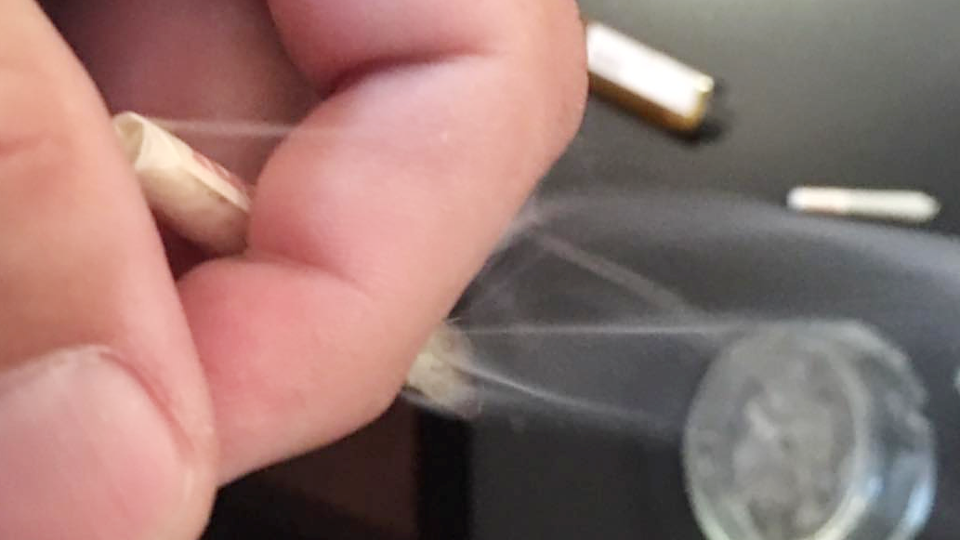Practitioners of microdosing are taking small amounts of cannabis in order to reap the medical benefits of THC while avoiding its psychoactive effects that can interfere with the demands of daily life.
While microdosing has typically been associated with hallucinogens like LSD, many experts now believe that the threshold for the medical benefits of THC is far lower than many people think. Sometimes, too much of a good thing can quickly turn disastrous. When you raise the dose you may get diminished benefits, and sometimes you get the opposite of what you are looking for. While a little cannabis can help reduce anxiety, too much can actually cause it. Microdosing may treat conditions such as depression, stress, anxiety, pain, and to help improve focus and promote sleep.
For example, in “The Journal of Pain, (Volume 13, Issue 5, May 2012, Pages 438-449) A study titled: “Nabiximols for Opioid-Treated Cancer Patients with Poorly-Controlled Chronic Pain: A Randomized, Placebo-Controlled, Graded-Dose Trial”, patients with advanced cancer who were unresponsive to traditional opioid painkillers were given nabiximols, a THC/CBD compound, at low, medium, and high doses. Patients who received the lowest dosage of cannabinoids, showed the greatest reduction in pain, while those receiving higher doses actually experienced more pain.
There is tremendous variance in the amount of THC that will result in feeling high. This can be affected by individual differences in liver metabolism, genetics of cannabinoid receptors, and previous usage, to name a few.
The goal is to use the dose that gives the most minimal noticeable effect. You are not trying to get stoned, you are not trying to get total relief from symptoms. Once you get to that dose where you feel a little something, stay there for a few days and then you can start gradually increasing if needed. And that typically falls somewhere between one and three milligrams per dose.
For those using cannabis regularly, an initial 48-hour period of abstinence may be enough time to reset the endocannabinoid system. While this might seem like a relatively brief window after years of usage, a brain imaging study tracked the number of cannabinoid receptors during a period of abstinence from cannabis. The results indicated that even in heavy smokers, the receptors bounced back to baseline levels after just two days.
If you are building tolerance to THC, you are building tolerance to your body’s own cannabinoids, which are there for the purpose of promoting balance and health. Having a highly sensitive endocannabinoid system is extremely valuable for responding to illness, injury, and stress, and people can achieve that with low doses of cannabis.



